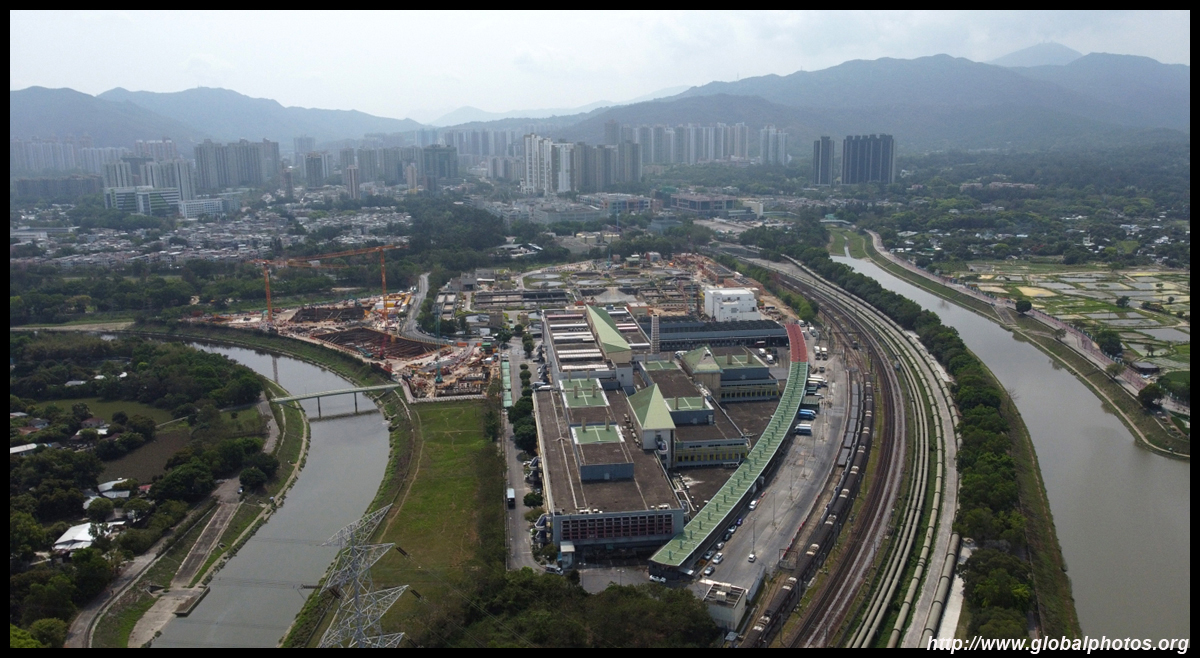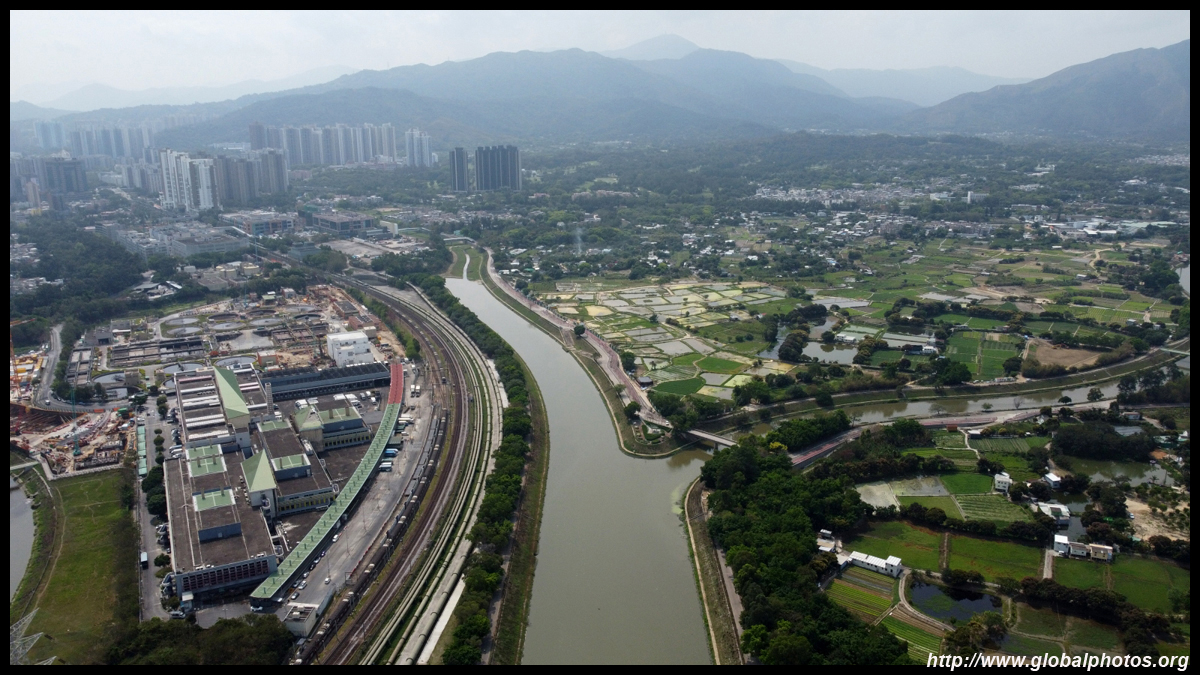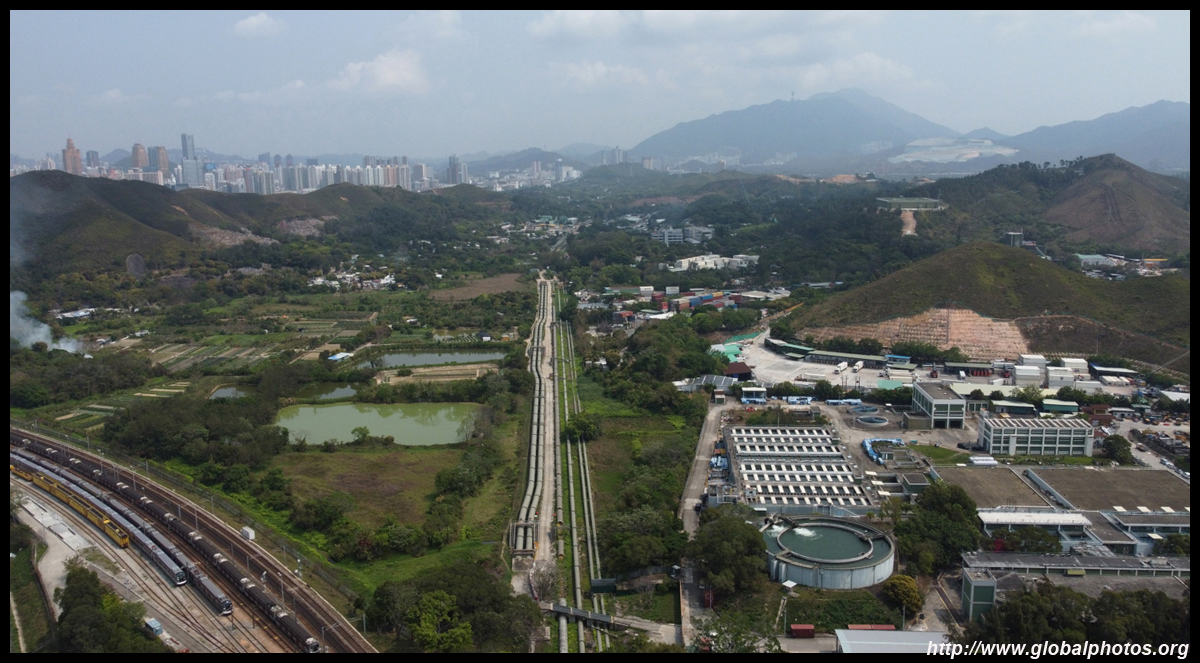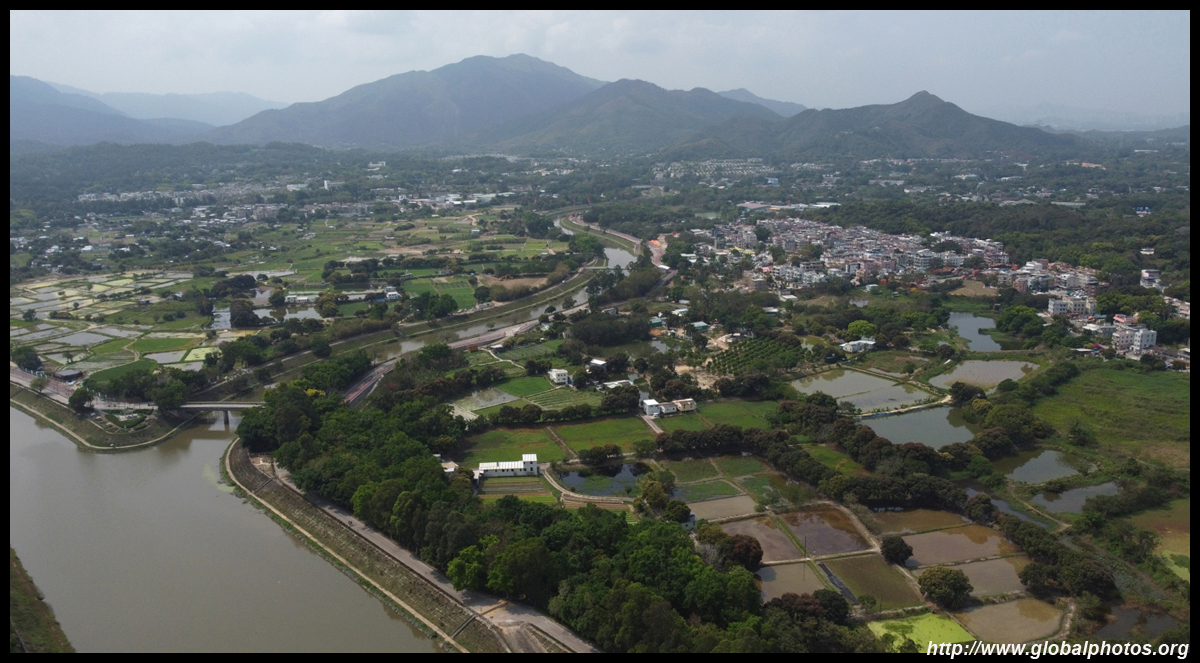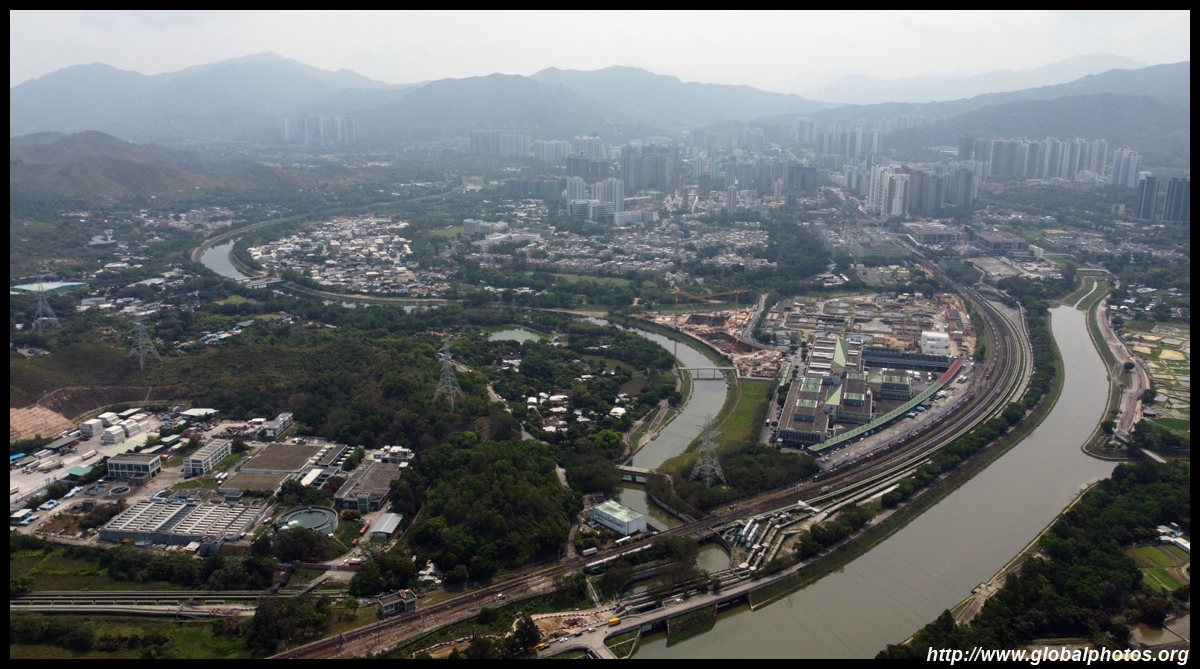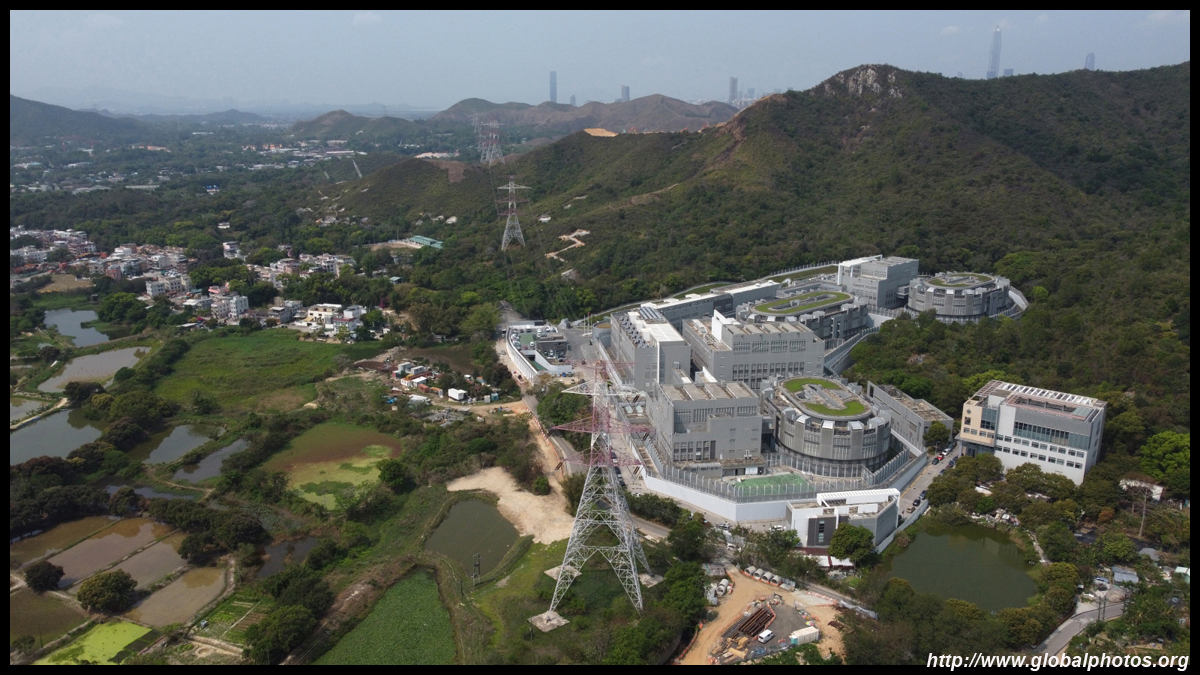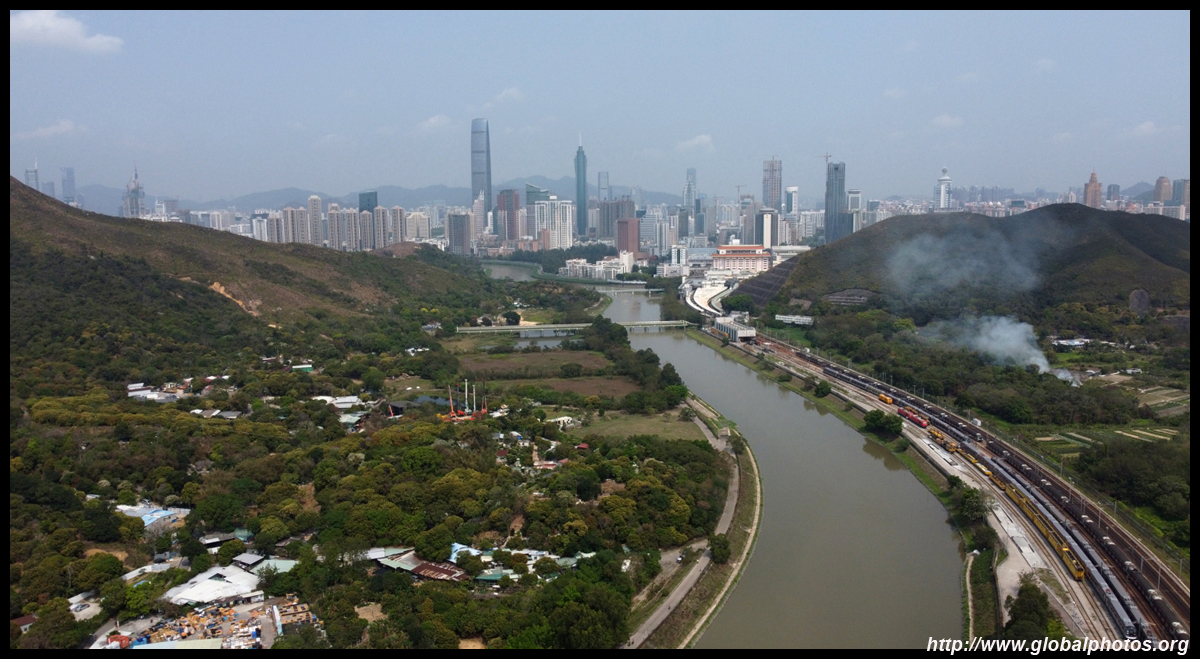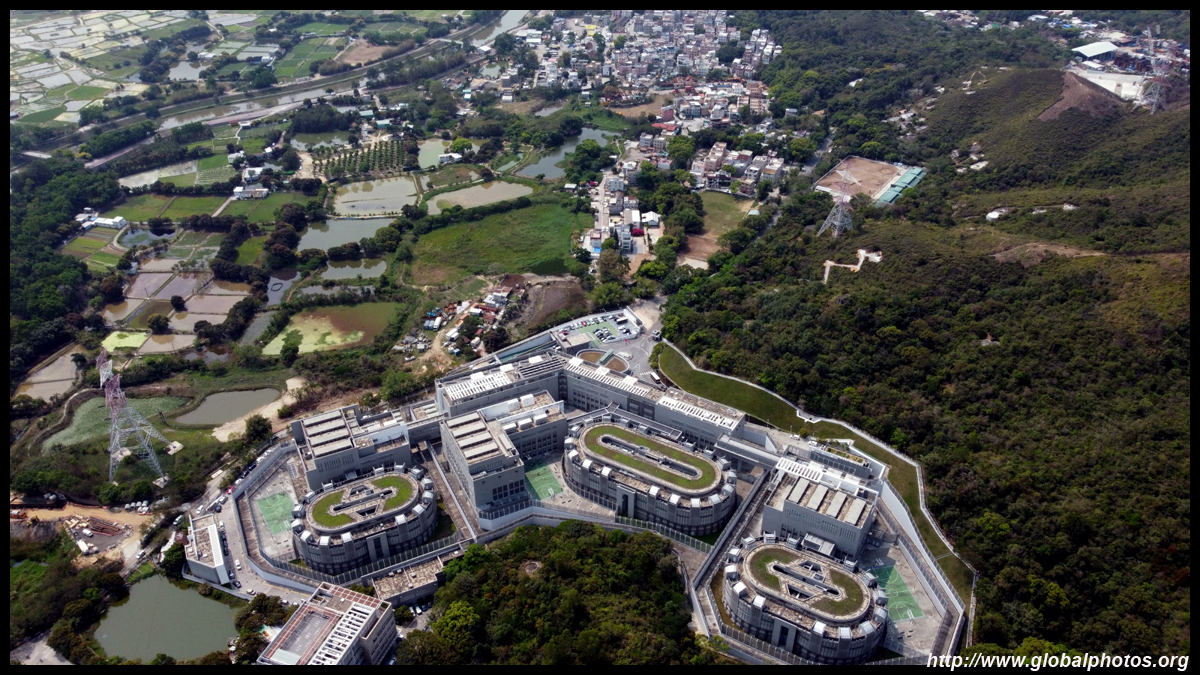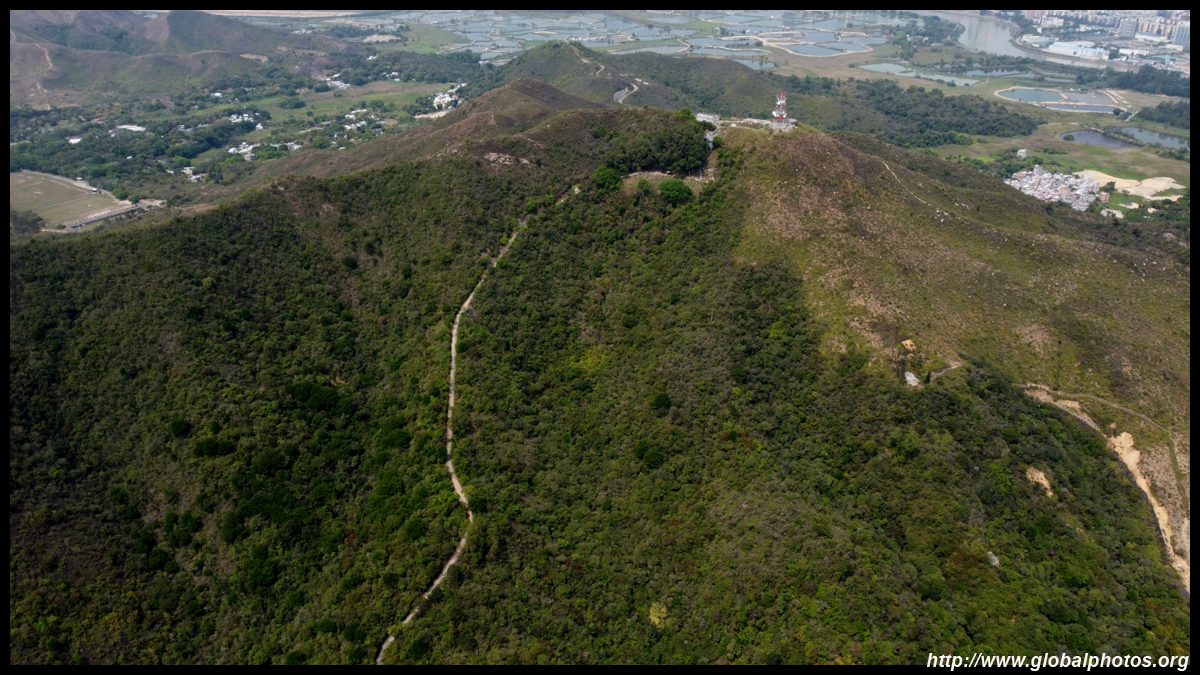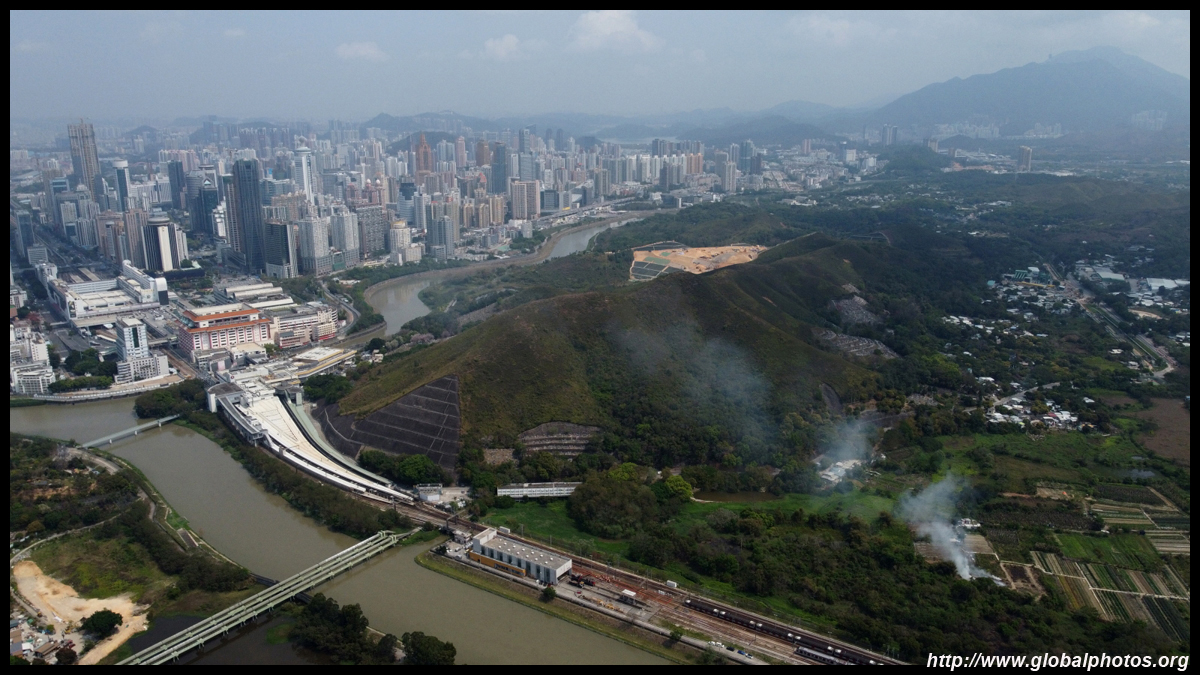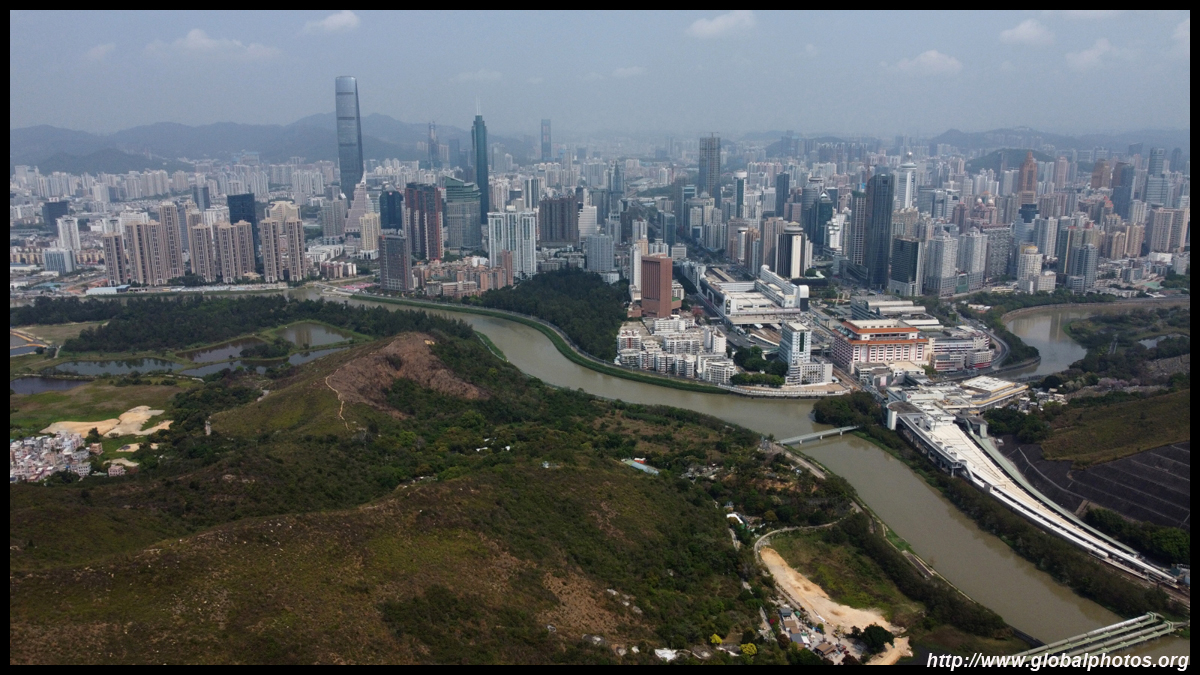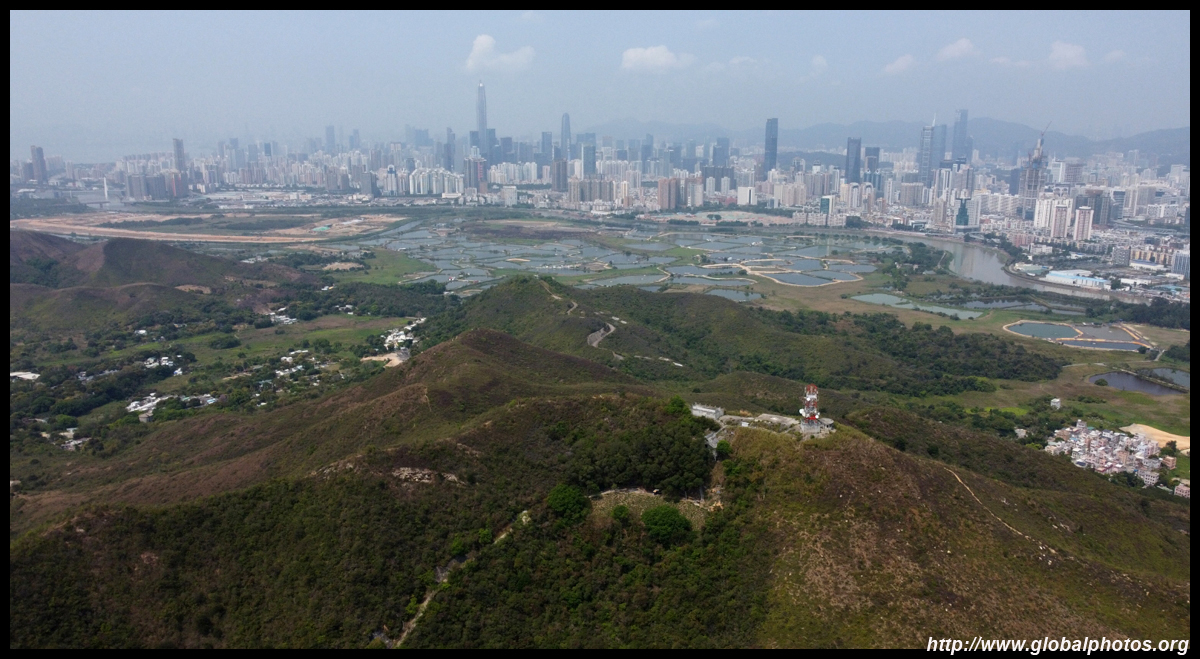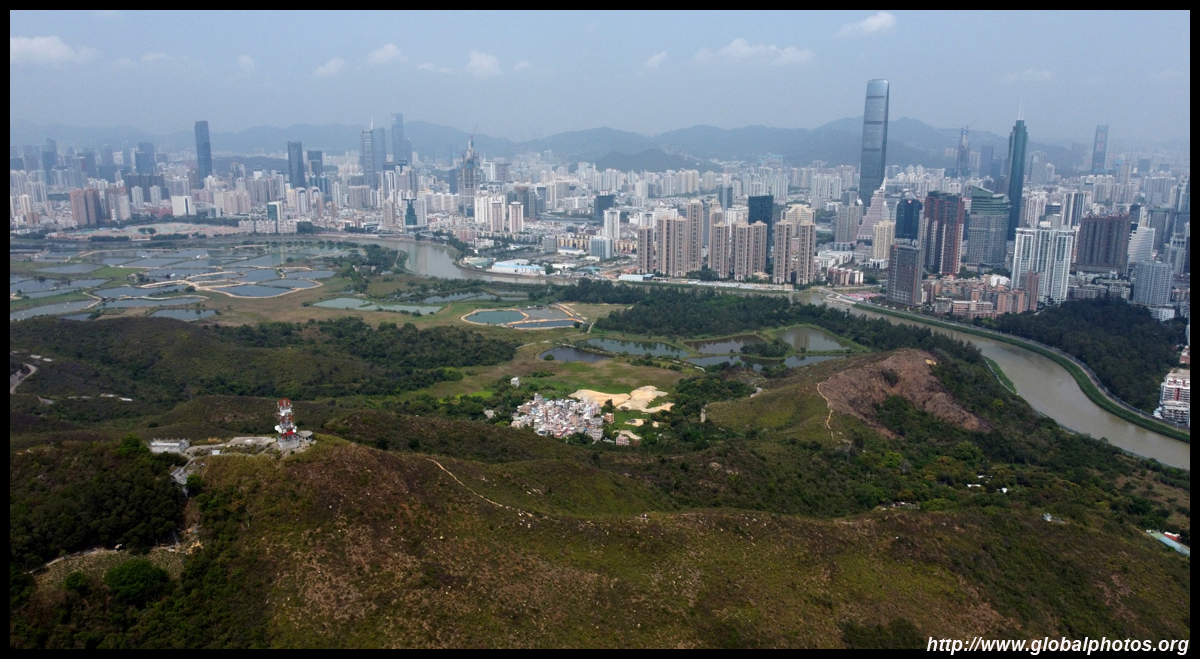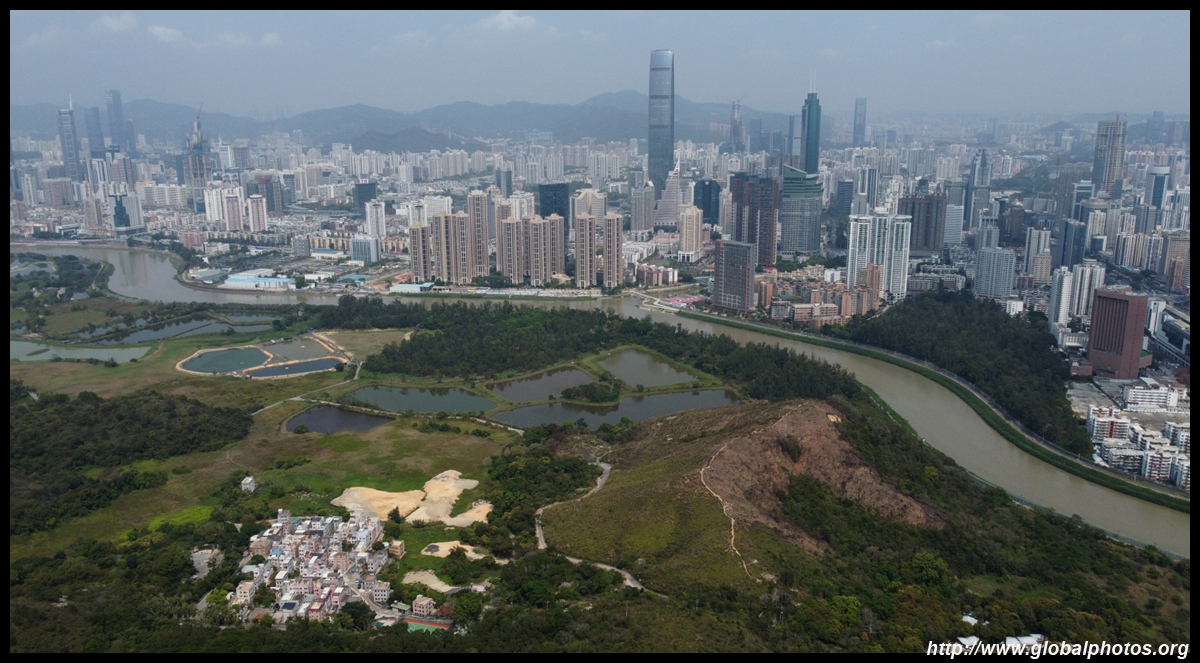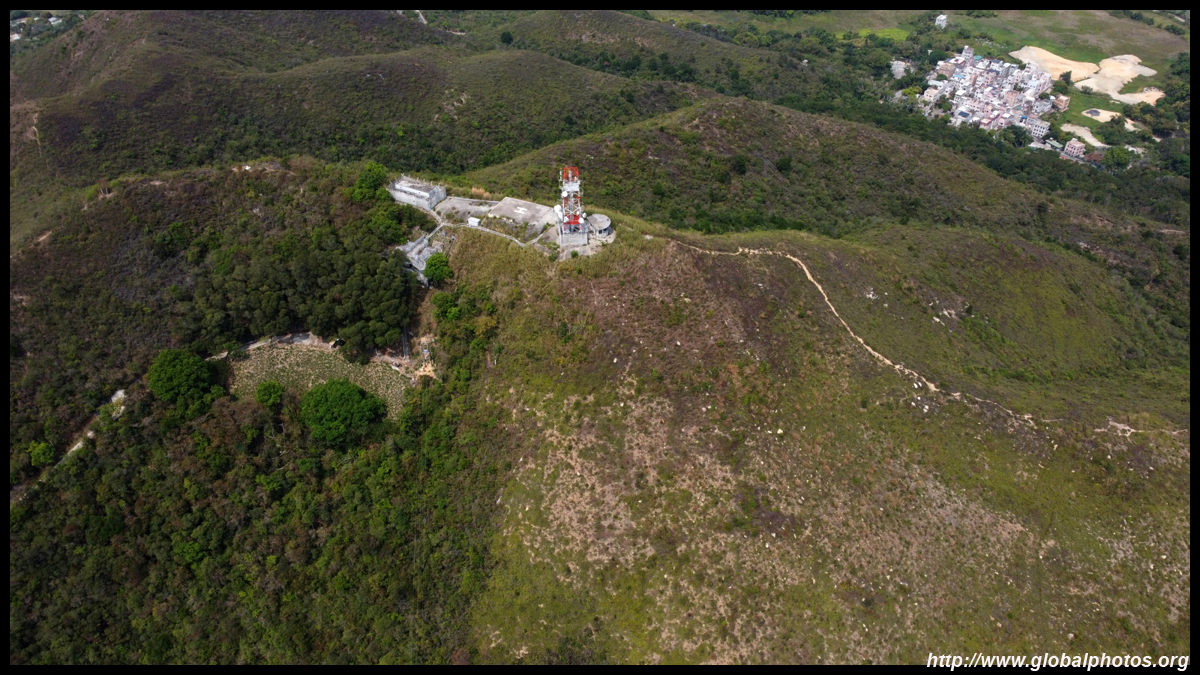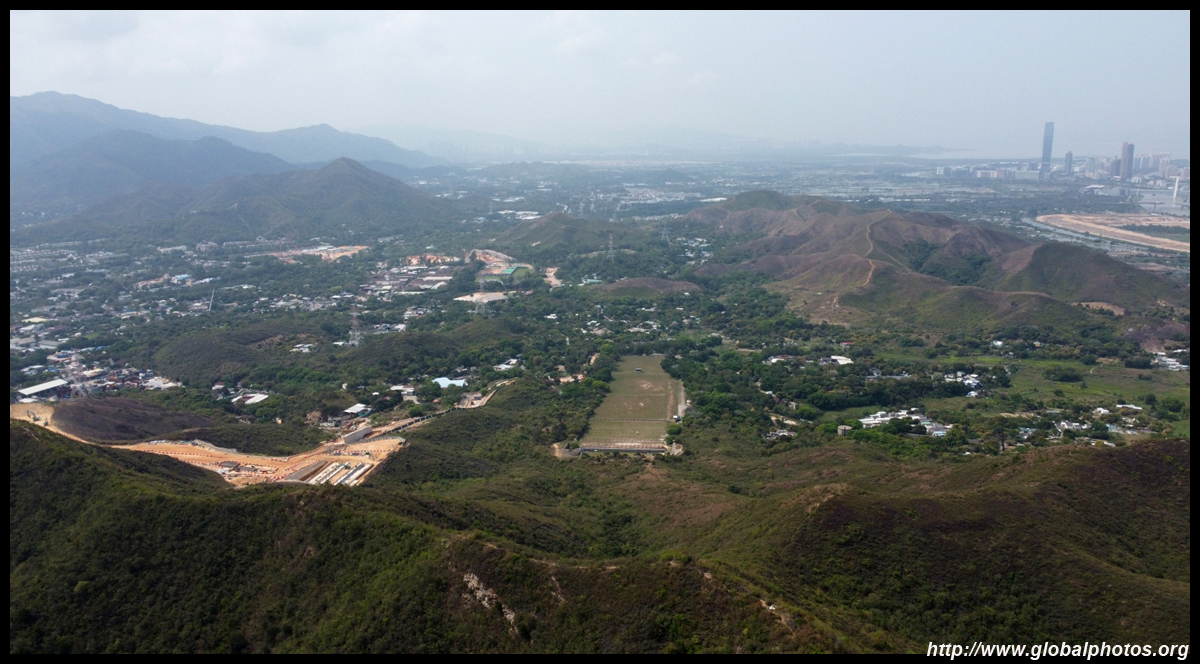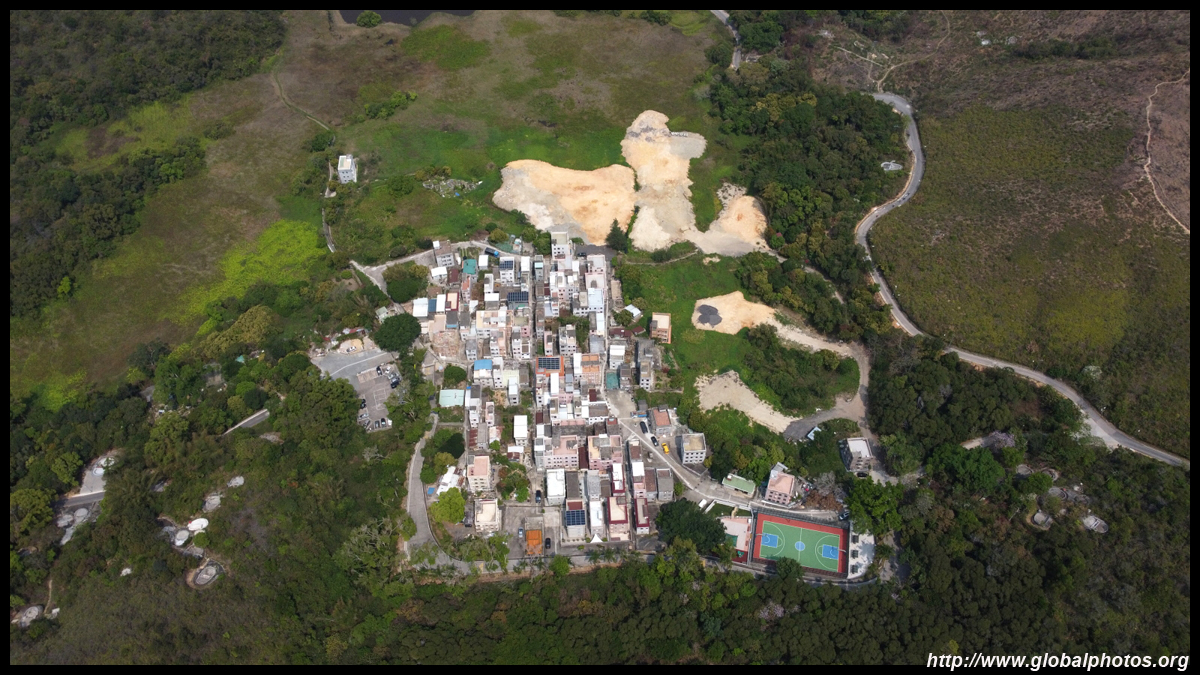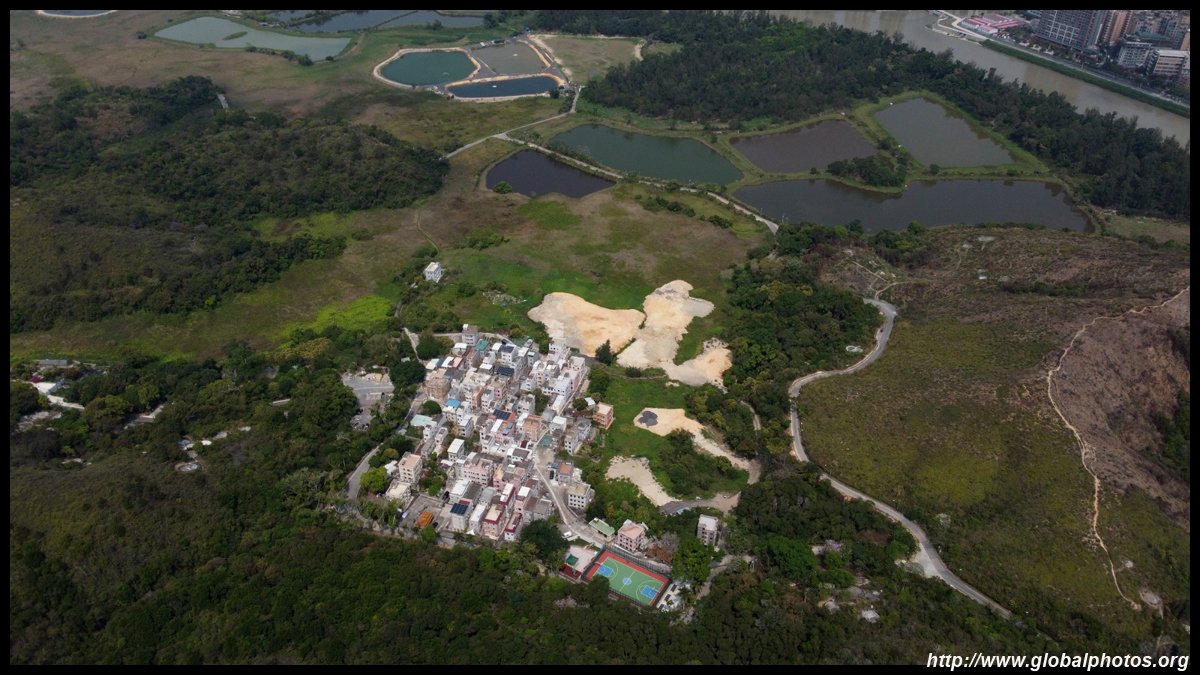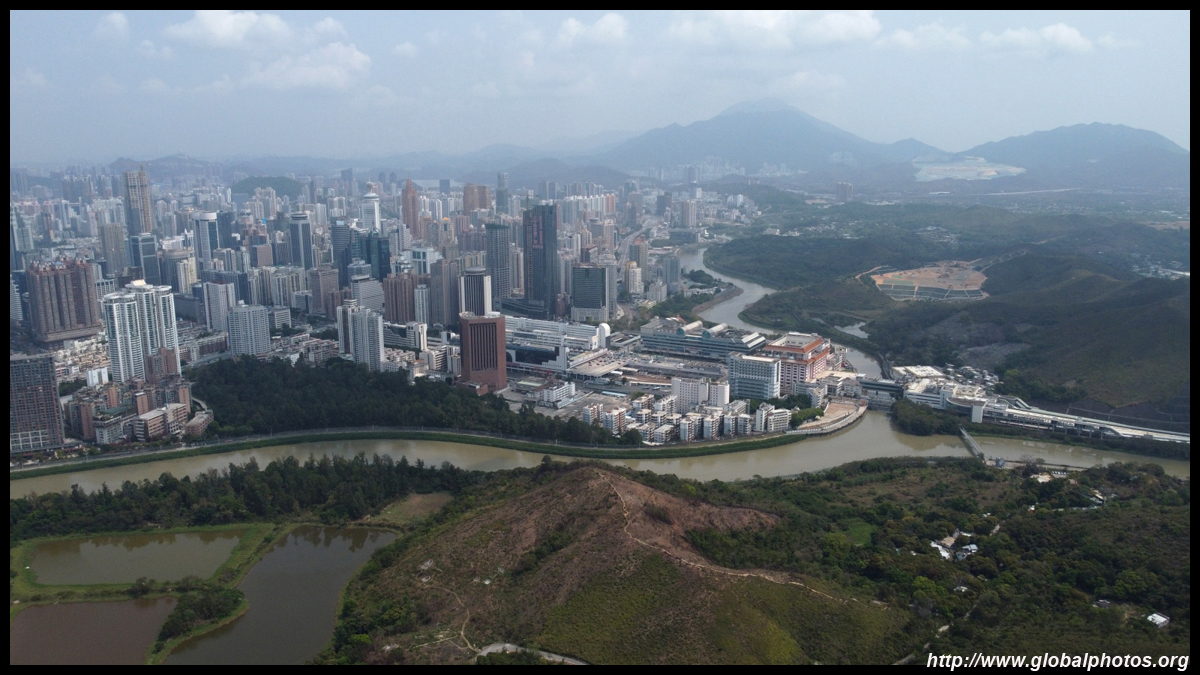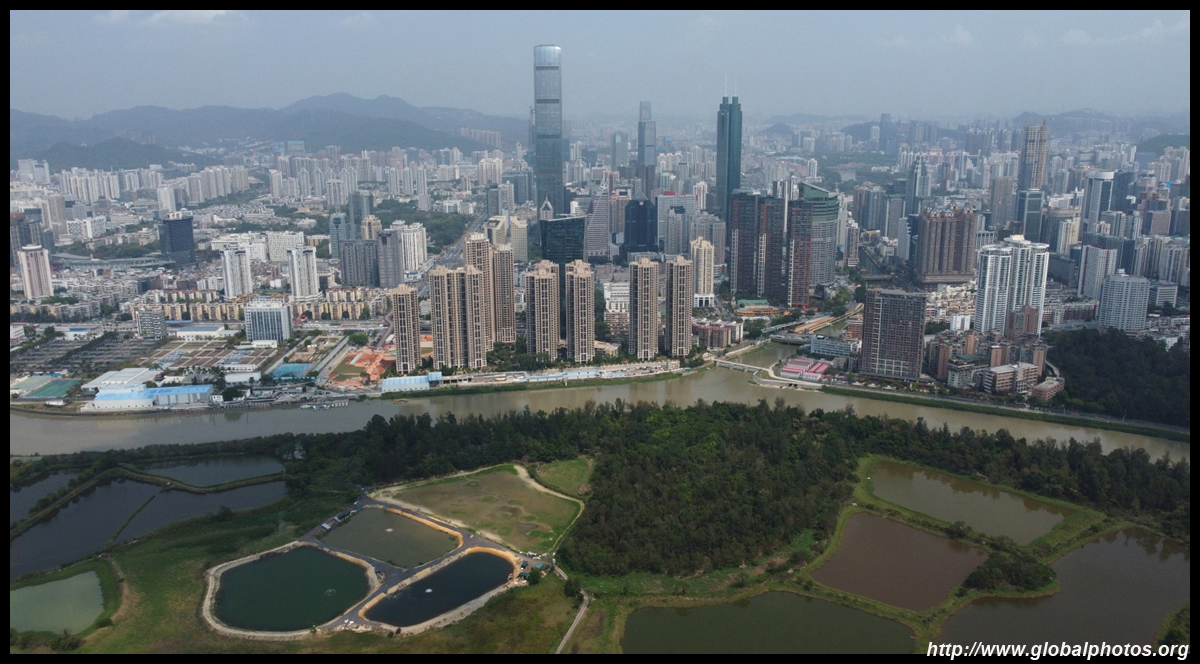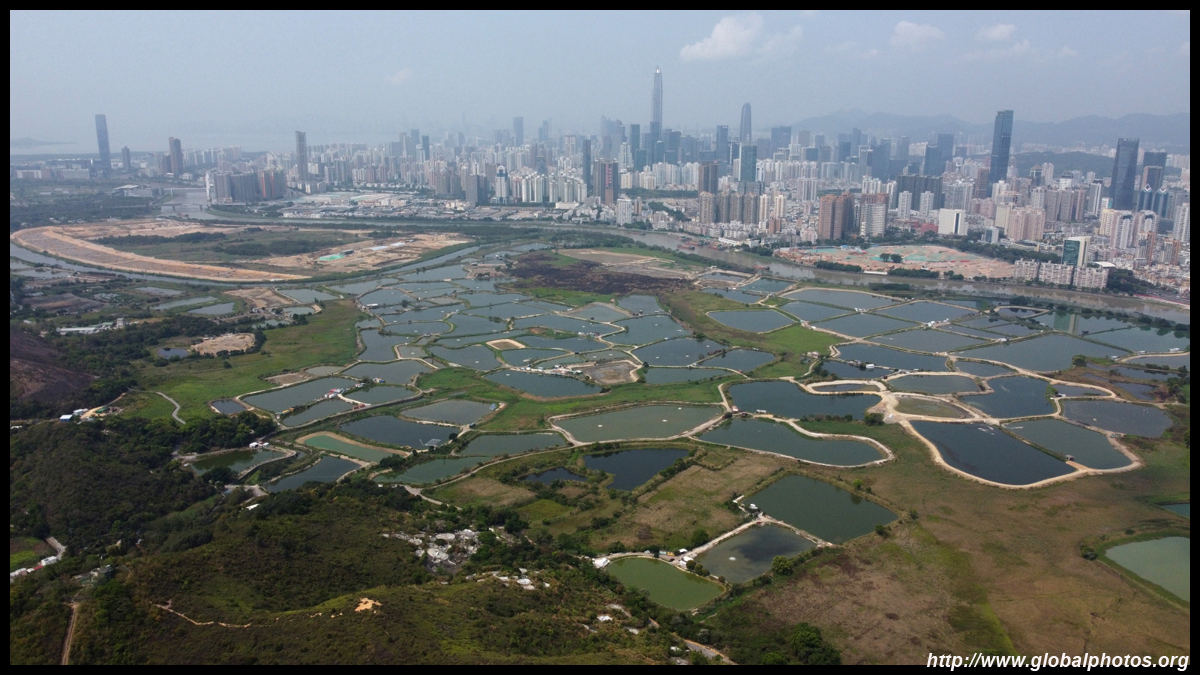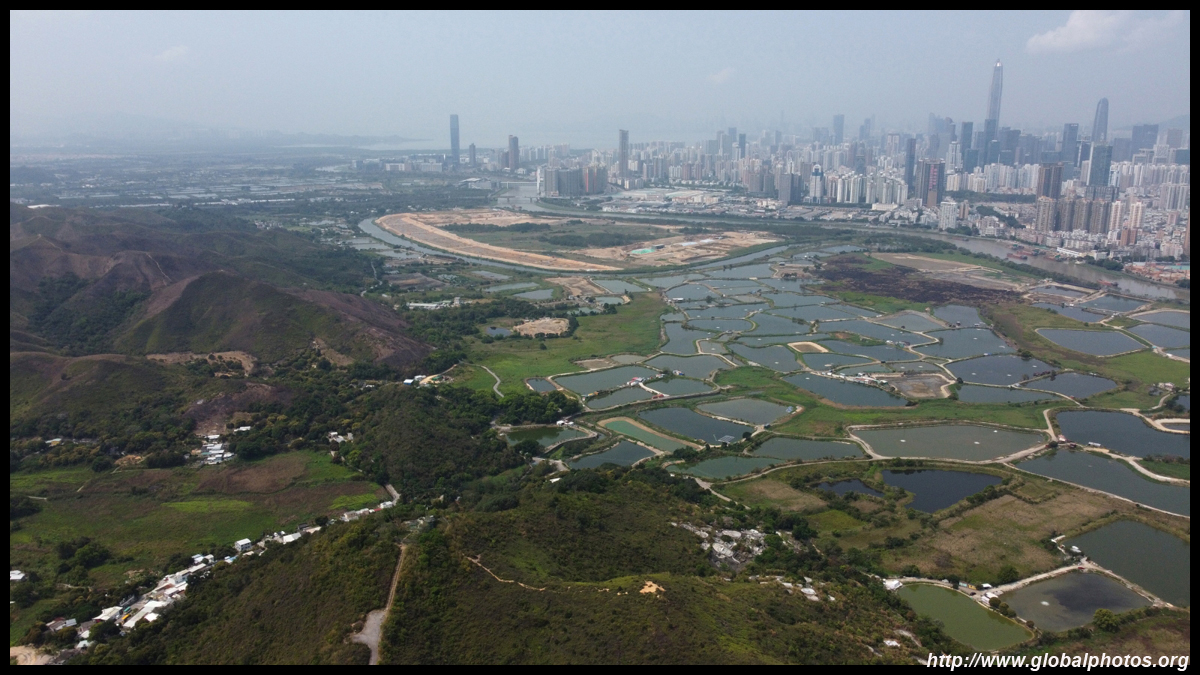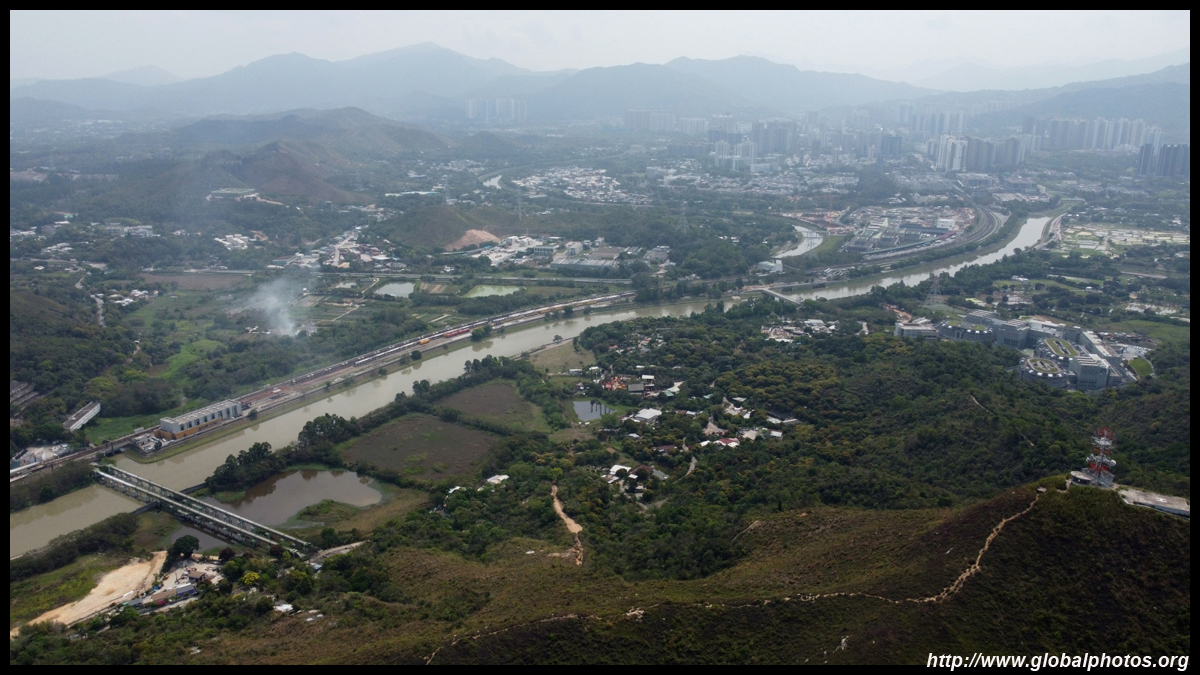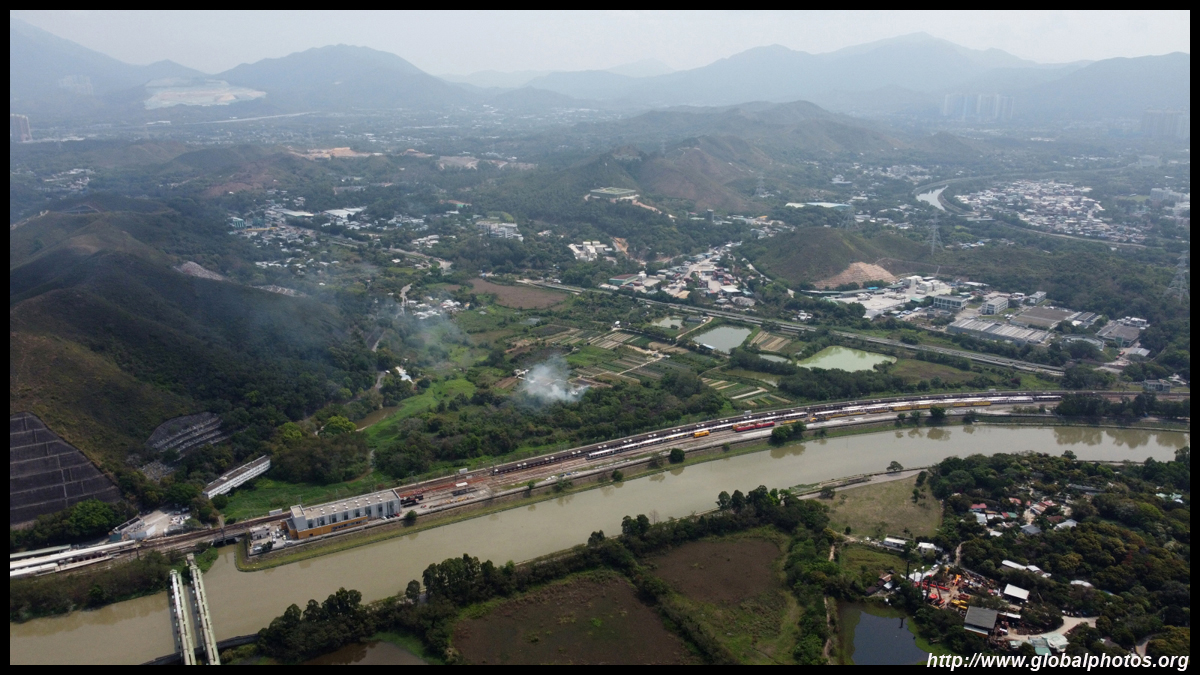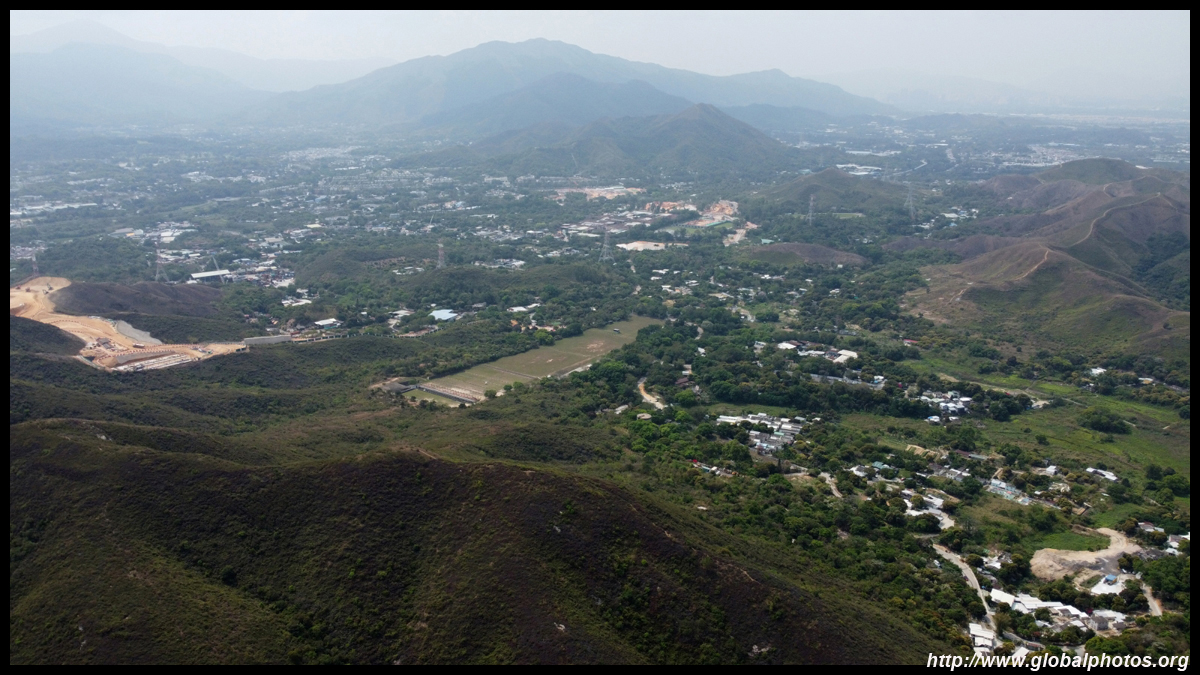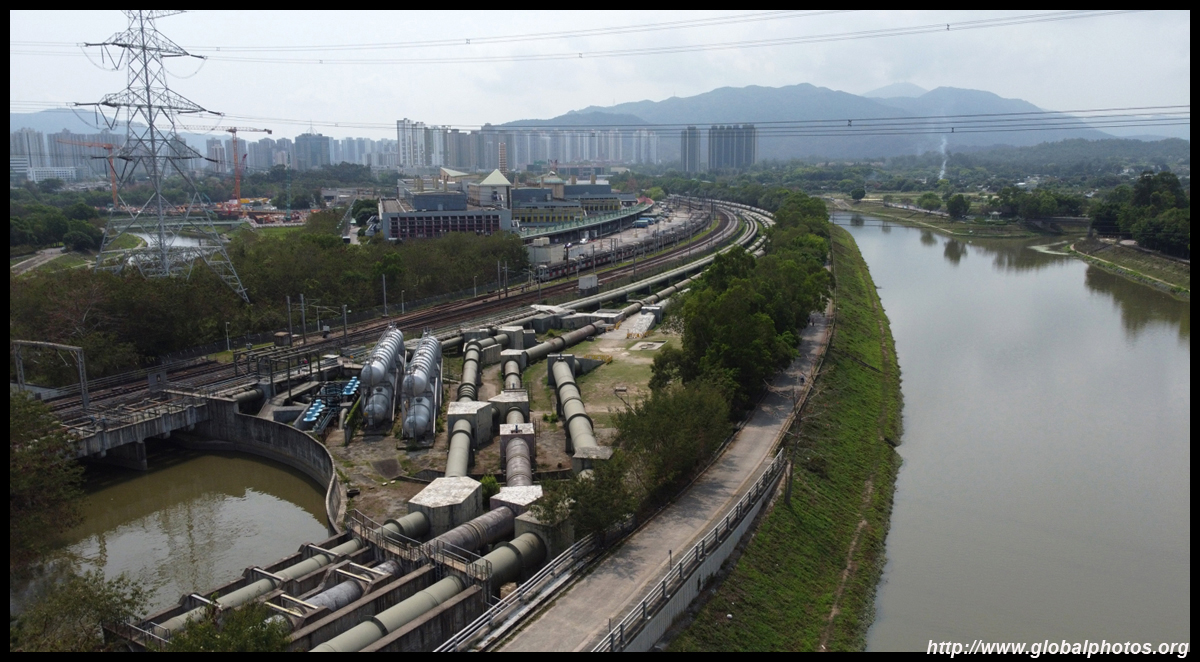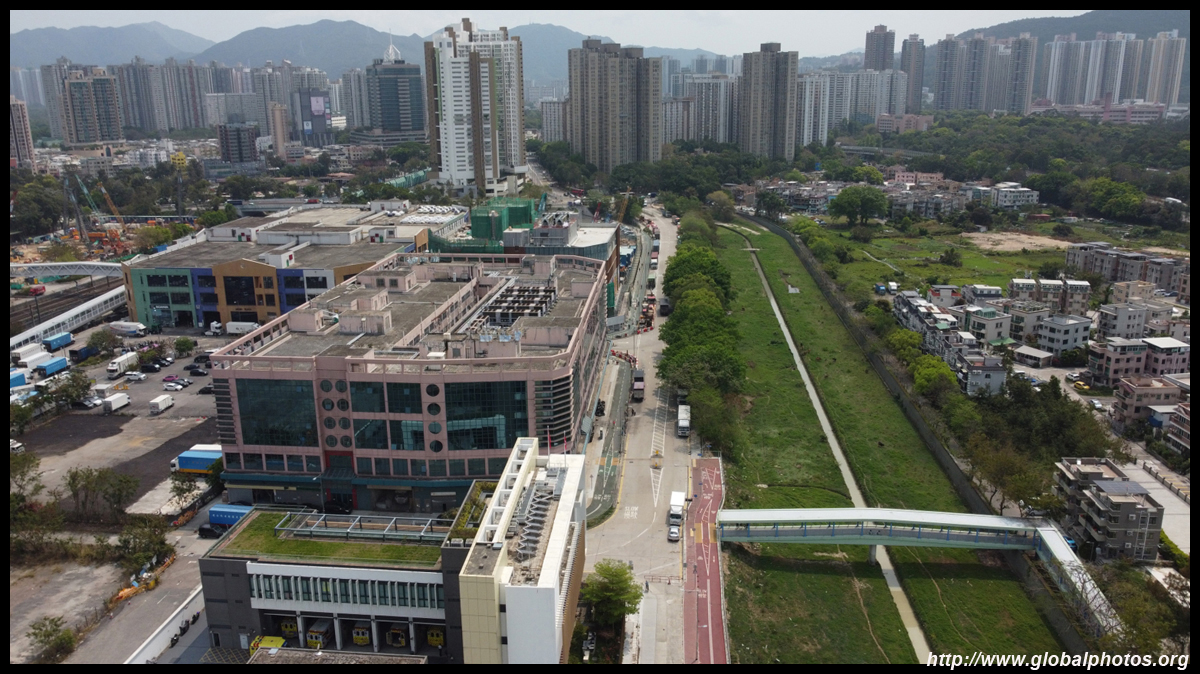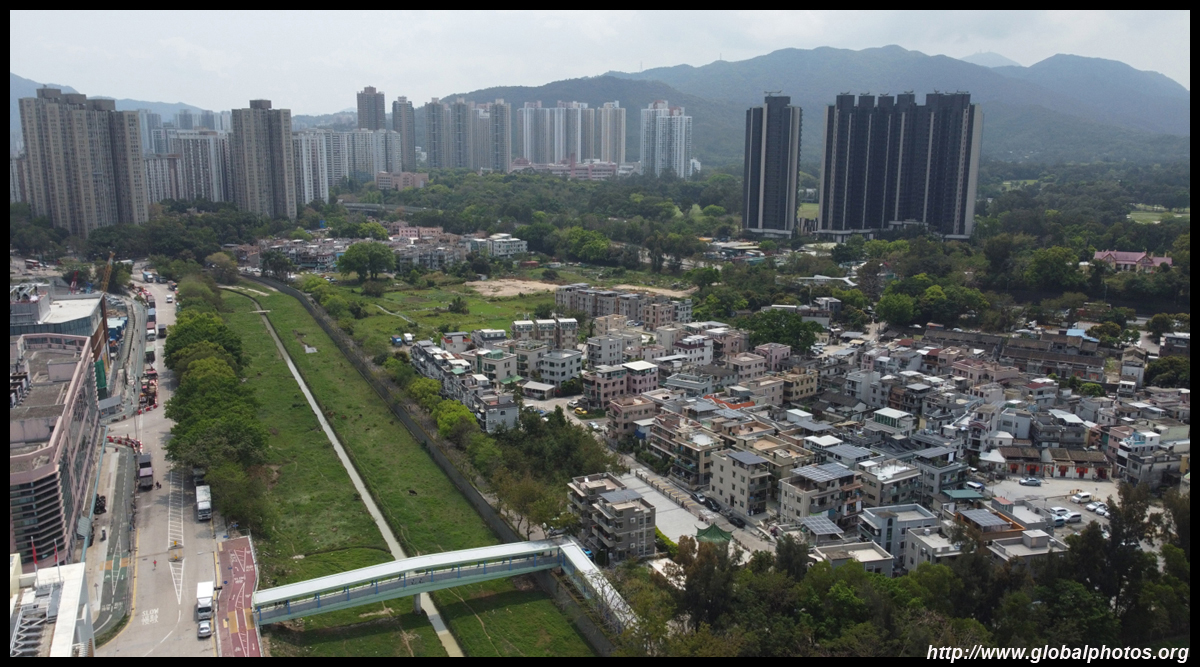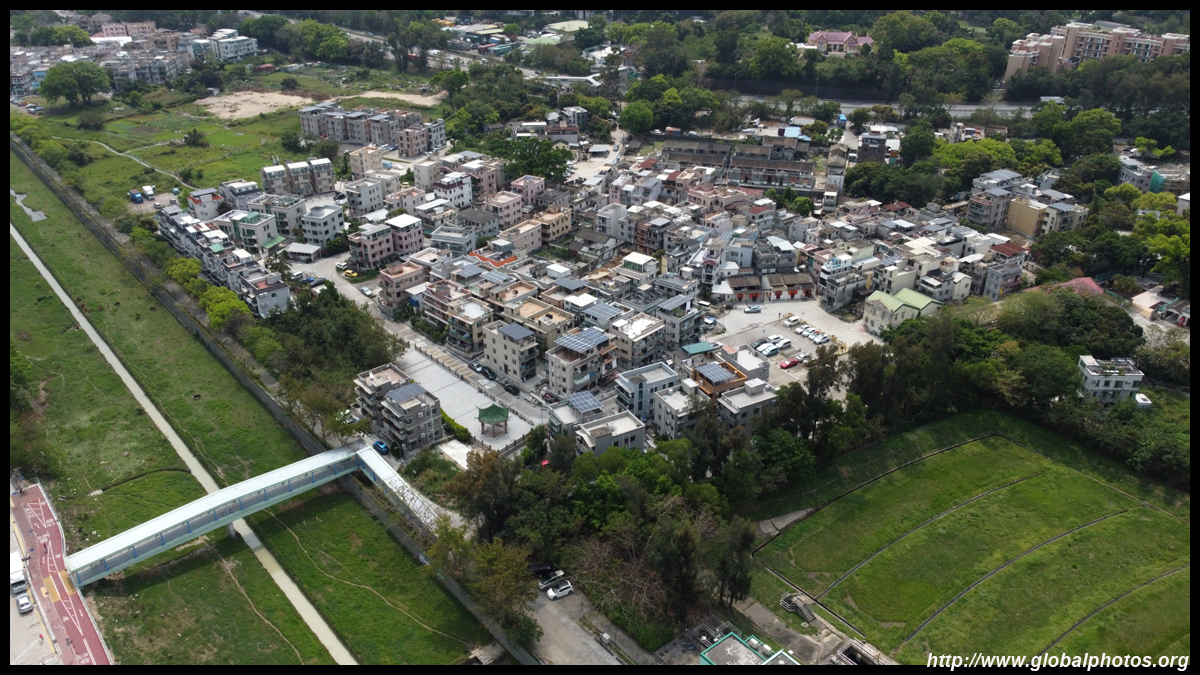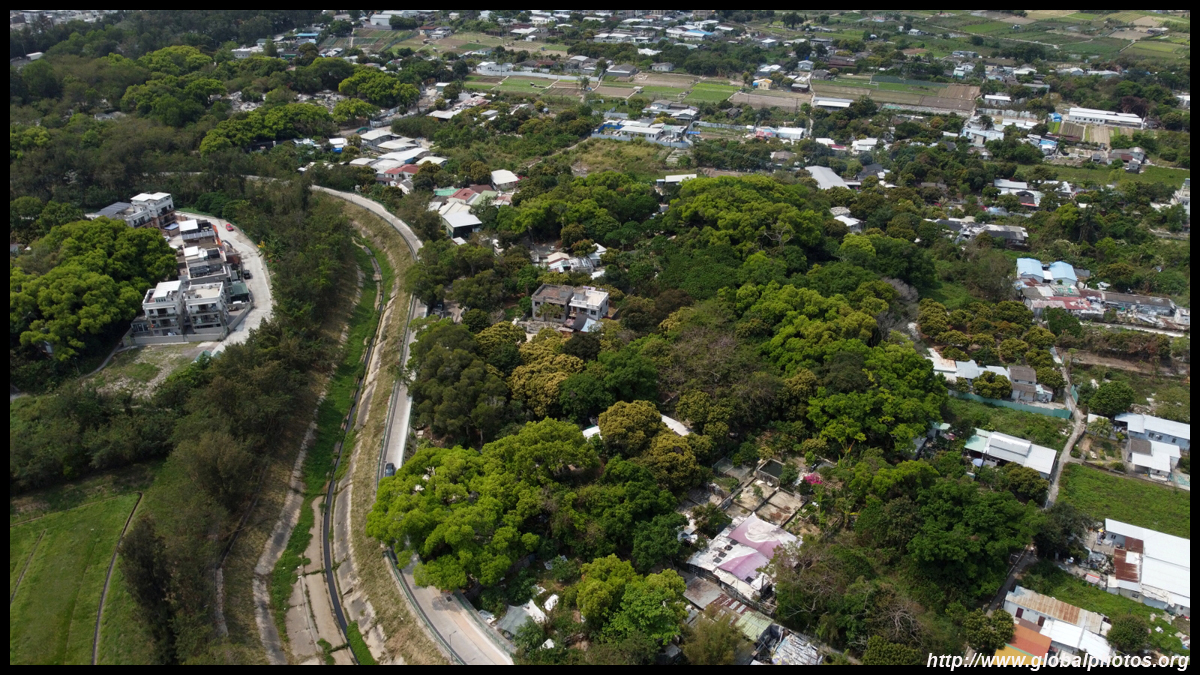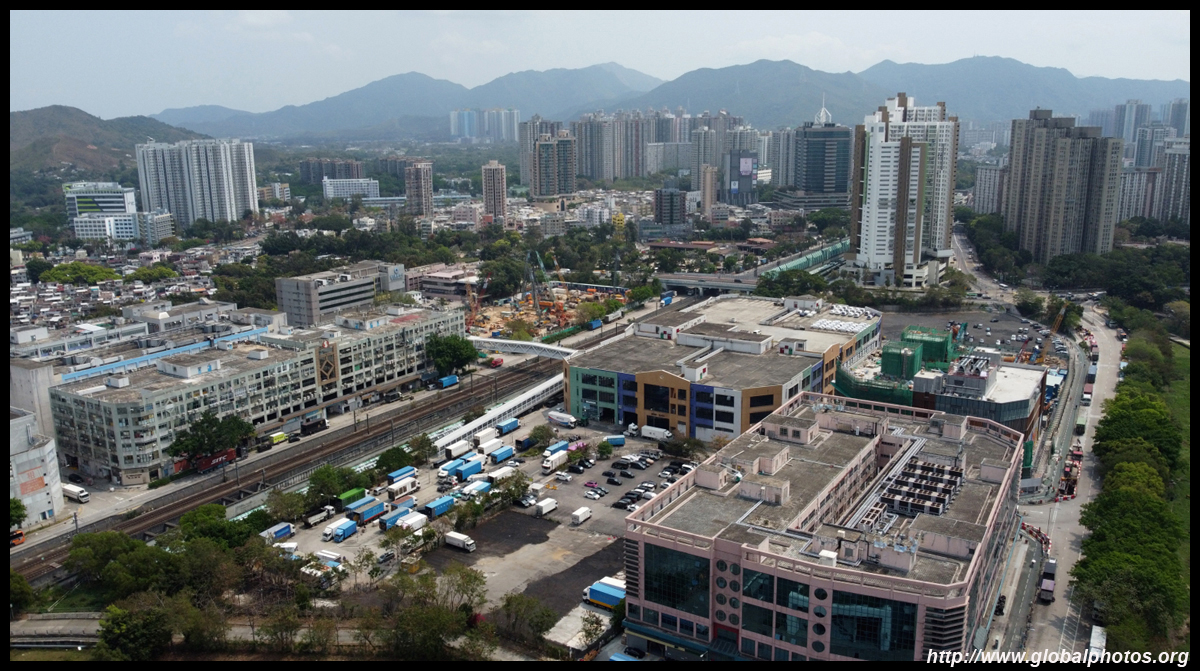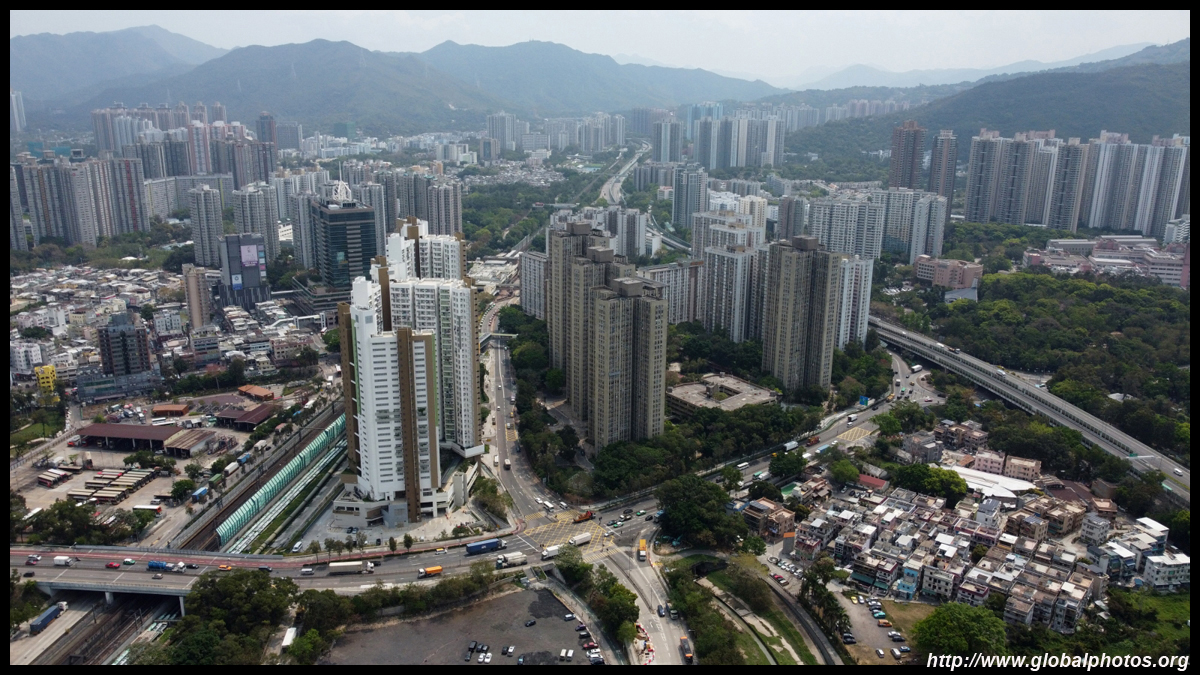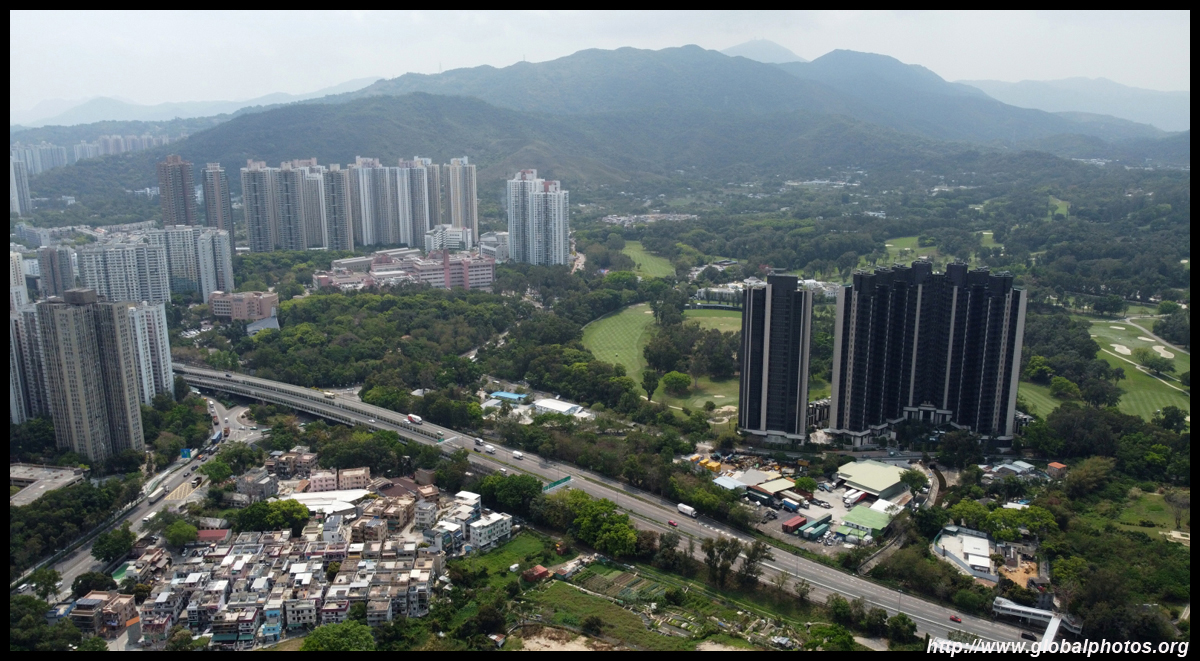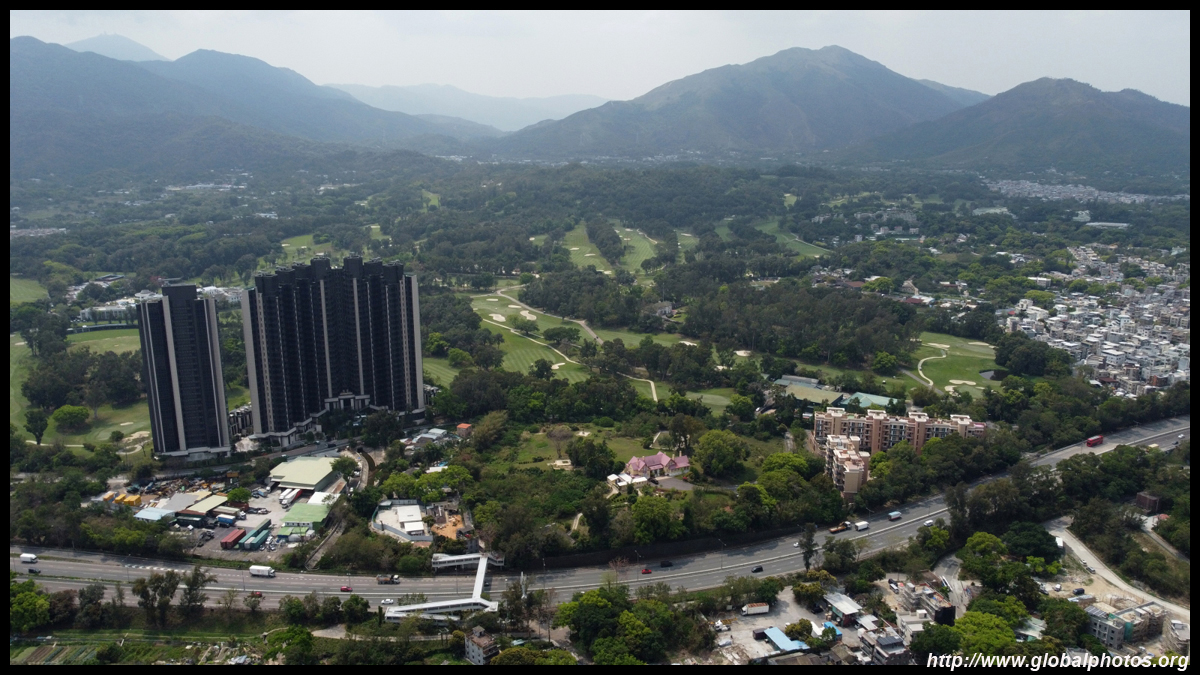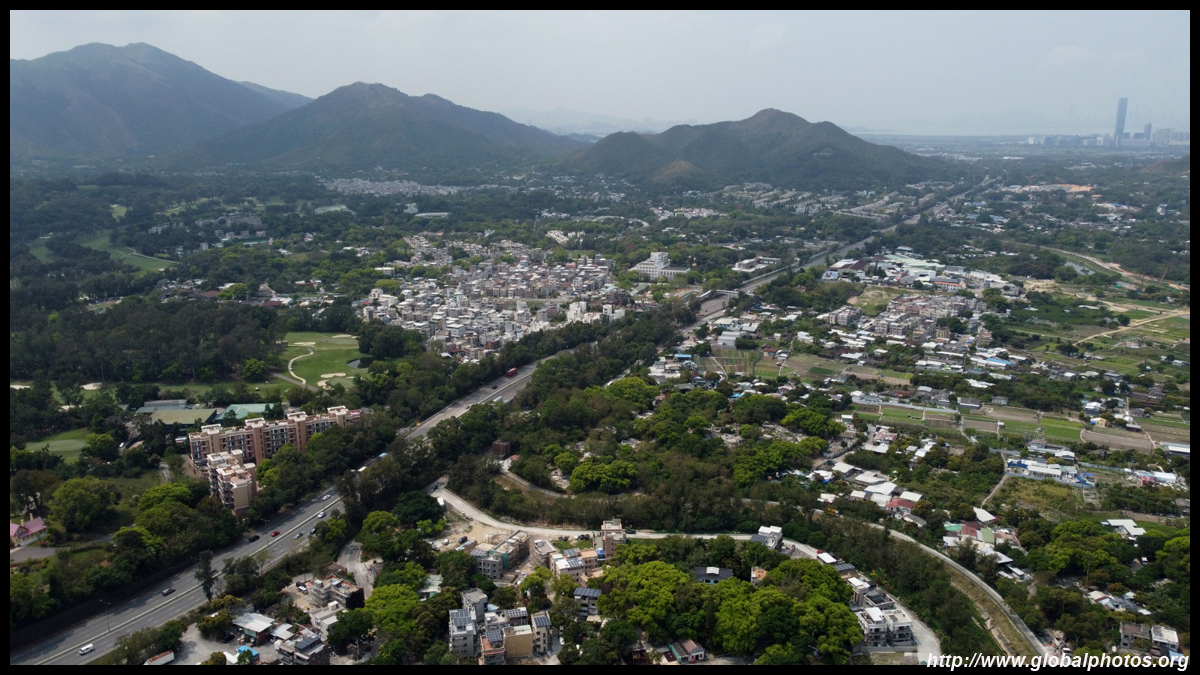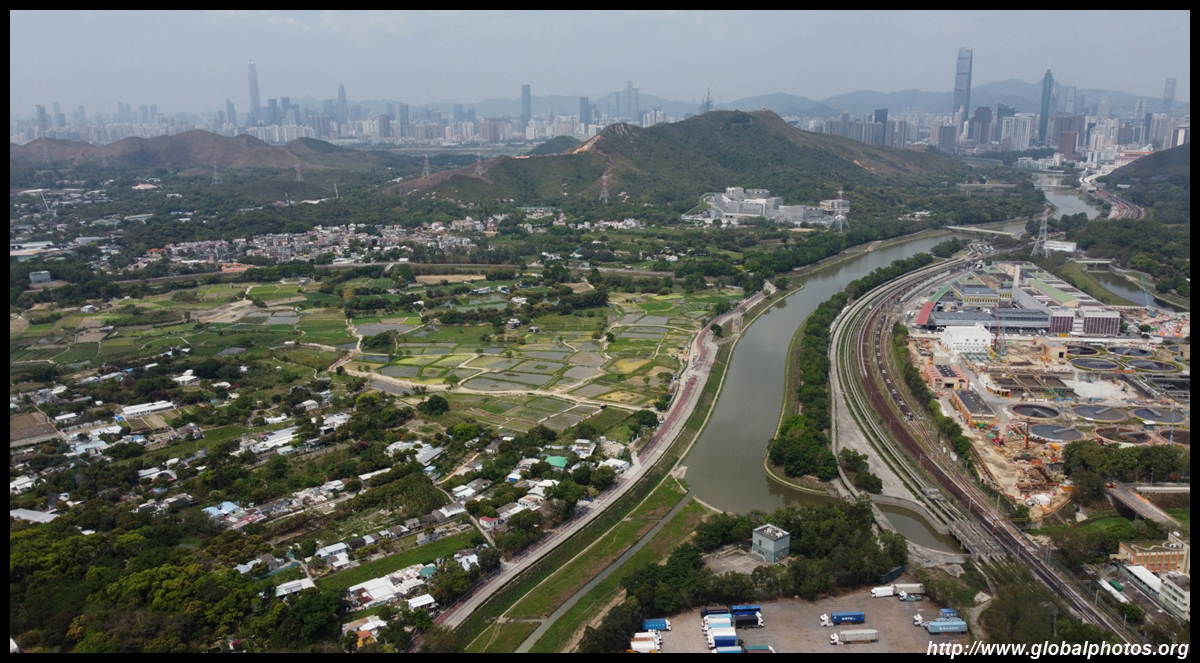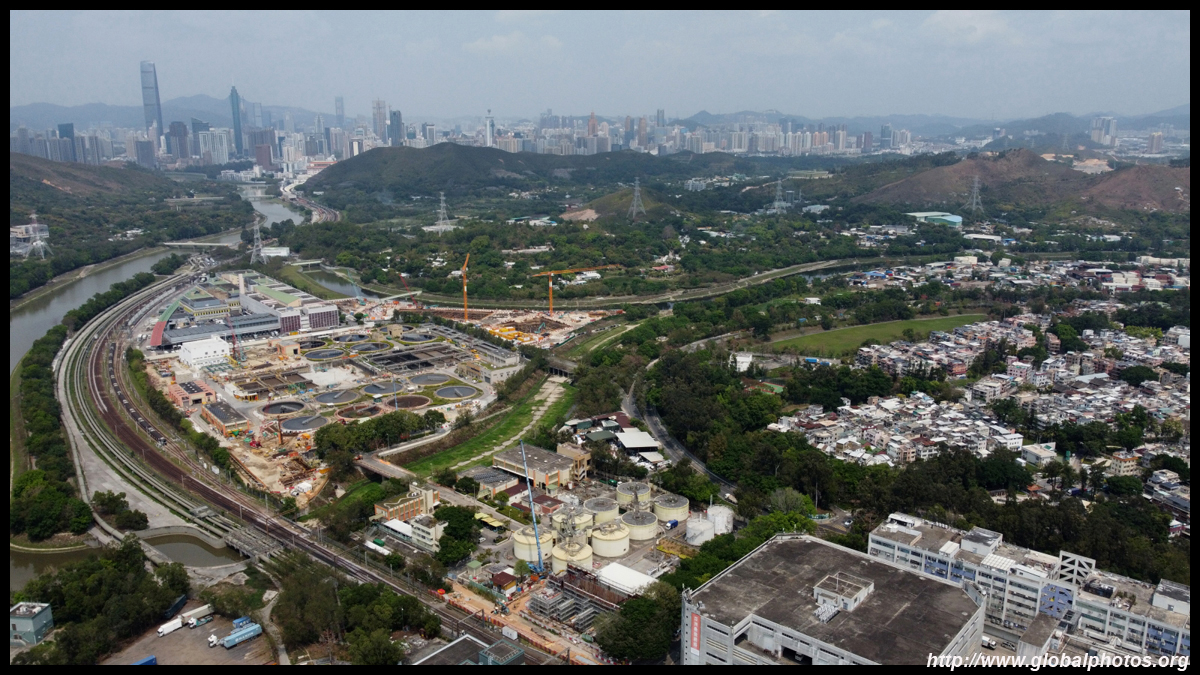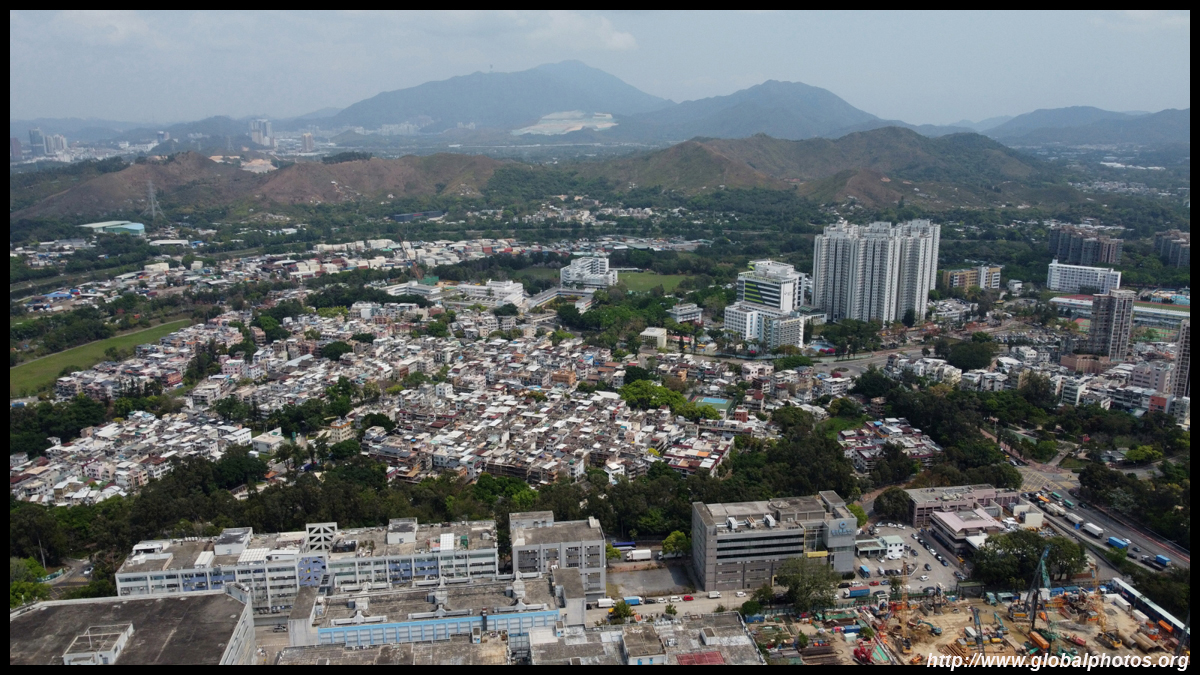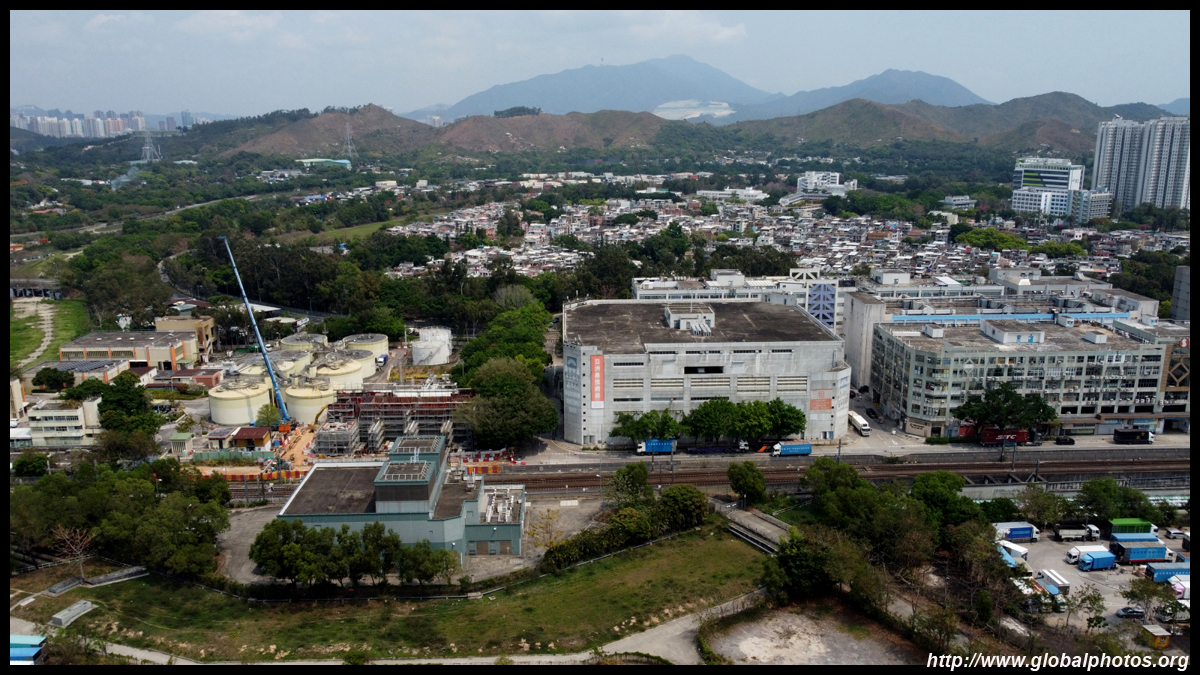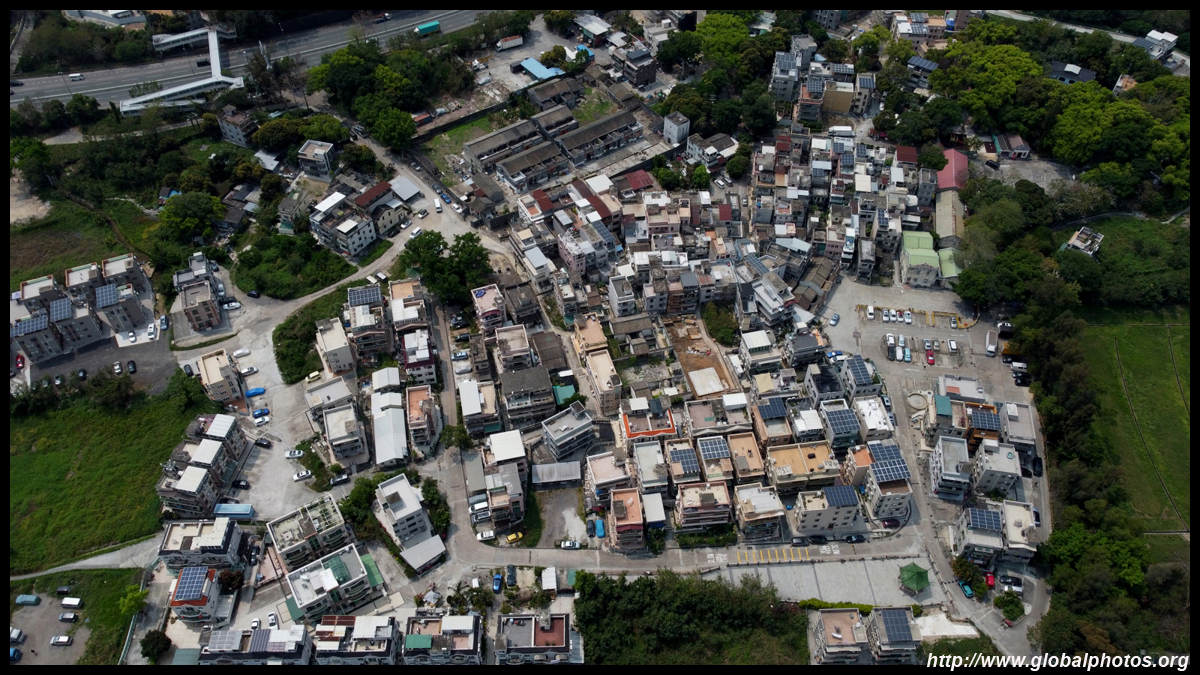Hong Kong Drone Gallery - Sheung Shui

Sheung Shui is Hong Kong's northernmost suburb and a stone's throw from the Chinese border. Long plagued by tourists coming over on day trips to hoard necessities for resale across the border, I ventured away from town and quickly found the district's serene side. A large part of the border area used to be closed off and hence relatively undeveloped.An emerging new destination is to explore Sheung Yue River and Long Valley, where there are still working farms producing vegetables for the city.
On the other side of the fence is Shenzhen, whose city centre used to be around this border area, but has since expanded primarily westwards towards Futian and Nanshan.
The border crossing at Lo Wu used to be Hong Kong's primary checkpoint to mainland China. In 2019, over 38 million persons arrived at and over 39 million persons departed from the checkpoint, the busiest amongst all the air, land, and sea checkpoints.
Past the hills, Shenzhen's growing skyline rises behind the ponds on Hong Kong's side.
Liu Pok village offers a stark contrast with Shenzhen beyond.
Looking back, you can see Sheung Shui further upstream in the distance.
Returning back to the river, many locals have discovered Instagram photo opportunities on the huge water pipes between Lo Wu and Sheung Shui stations. These bring Dongjiang water imported from China to the city, which is another controversial topic not only because of the cost but also the pollution risk as the Pearl River Delta industrializes.
Heading back towards town, the river channel narrows and you can see the highrise residential towers mixed with lowrise villages.
The official government literature frequently says Hong Kong doesn't have enough land for development to justify lots of land reclamation. However, in these parts of the city, there actually is a lot of flat land available for housing, but they are not properly used and wasted for lowrise housing, container lots, or abandoned. The government hasn't done enough to utilize these resources and tackle the rural committees that have stood in the way. One small battle has been won though. The government intends to take back over 30 hectares out of 172 at the Fanling Golf Course for public housing.
| |||
